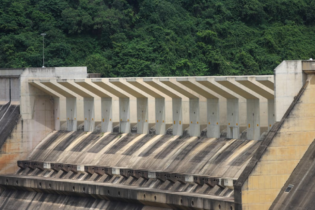A recent report Net-zero buildings: Where do we stand? published by the World Business Council for Sustainable Development (WBCSD) states that buildings totalling the size of a city such as Paris, are being constructed weekly.
The worrying part, highlights the report, is that less than one percent of these buildings are being assessed for carbon footprint. Considering it is globally accepted that buildings account for 38 percent of the world’s carbon emissions, the above highlights the importance of accurate reporting and accountability. The WSBCSD report echoes this sentiment stating the building industry is responsible for 14 gigatonnes of greenhouse gas emissions every year. “This needs to be reduced by half by 2030 and to zero by 2050 to achieve the goals of the 2015 Paris Agreement, which aims to limit global warming to 1.5 degrees Celsius above pre-industrial levels,” says the report. Without a realistic picture of its carbon footprint, the building industry would find it extremely difficult to put proactive and tangible targets in place. “We must see more data sharing, more collaboration and transparency to be able to achieve the decarbonisation that the world demands of us in the next few decades,” comments the WSBCSD report.Implementing steps
More than ever, the time to start implementing steps to ensure the global building industry reach the Paris Agreement target, is now. 14 gigatonnes of greenhouse gas emissions is an enormous amount and can’t be ignored. Here are some important and deliberate steps:- The industry needs to establish internationally defined carbon metrics for reporting.
- Make voluntary rating systems and performance guarantees mandatory, especially for new and retrofitted buildings.
- Encourage the retrofit of buildings to meet net-zero target, using fiscal incentives to encourage an energy-conscious industry.
- Introduce smart tools into new and retrofitted construction – therefore digitally connected buildings that will deliver sustainable, high-performance and energy efficient gains.
- Proactively inspect buildings to ensure it continues to meet set carbon metrics.








